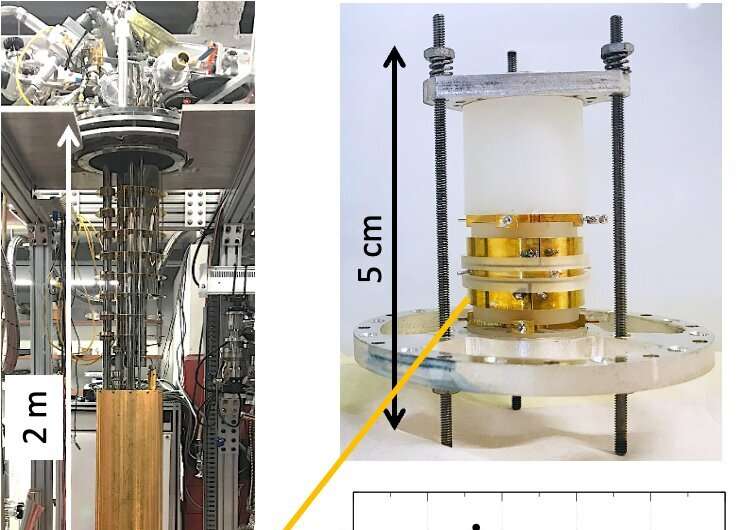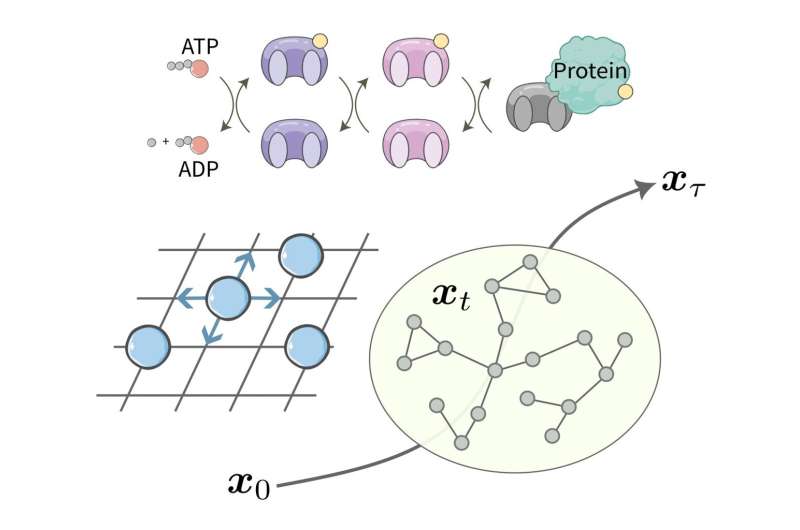Cosmological Parameters Improved by Combining Data
Updated: 2023-01-31 10:00:00
Author(s): Allison GaspariniUsing cross-correlation measurements and an updated cosmic-microwave-background lensing map, researchers determine cosmological parameters with greater precision.[Physics 16, s12] Published Tue Jan 31, 2023

 Approximately 85% of the mass of our galaxy is comprised by dark matter, matter that does not emit, absorb or reflect light and thus cannot be directly observed. While several studies have hinted at or theorized about its composition, it remains one of the greatest unresolved physics problems.
Approximately 85% of the mass of our galaxy is comprised by dark matter, matter that does not emit, absorb or reflect light and thus cannot be directly observed. While several studies have hinted at or theorized about its composition, it remains one of the greatest unresolved physics problems. Physical systems evolve at a particular speed, which depends on various factors including the system's so-called topological structure (i.e., spatial properties that are preserved over time despite any physical changes that occur). Existing methods for determining the speed at which physical systems change over time, however, do not account for these structural properties.
Physical systems evolve at a particular speed, which depends on various factors including the system's so-called topological structure (i.e., spatial properties that are preserved over time despite any physical changes that occur). Existing methods for determining the speed at which physical systems change over time, however, do not account for these structural properties.